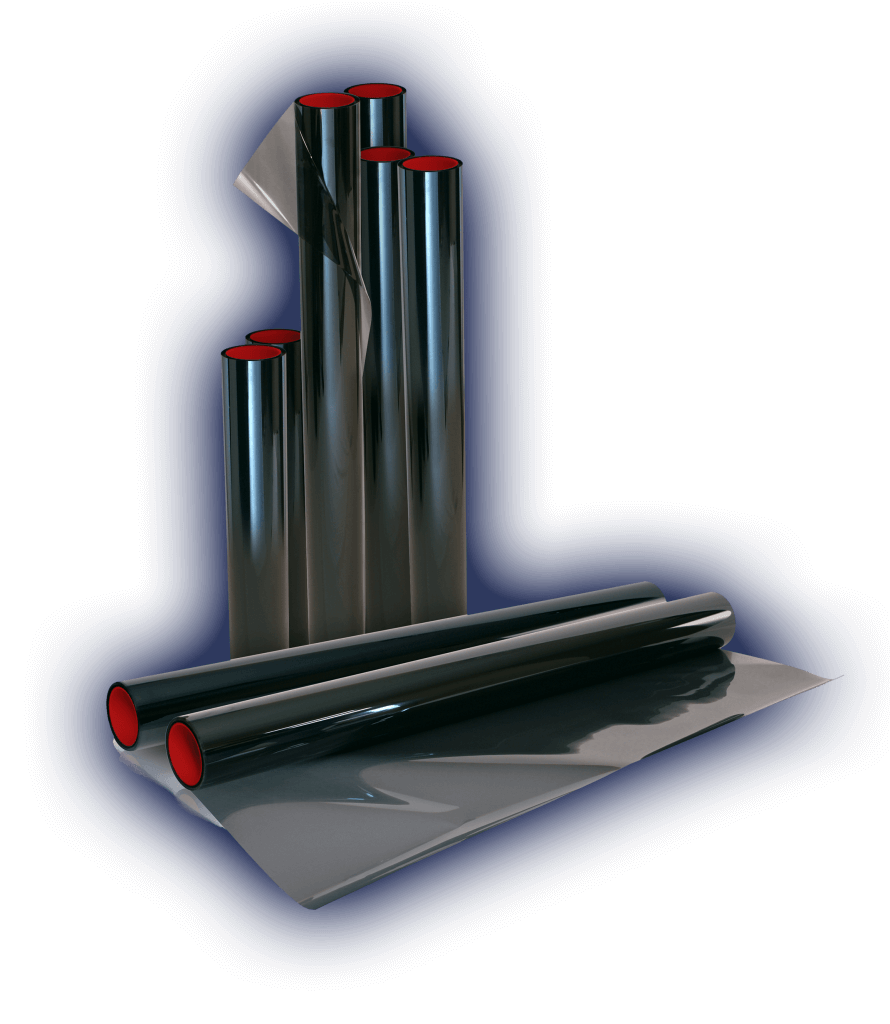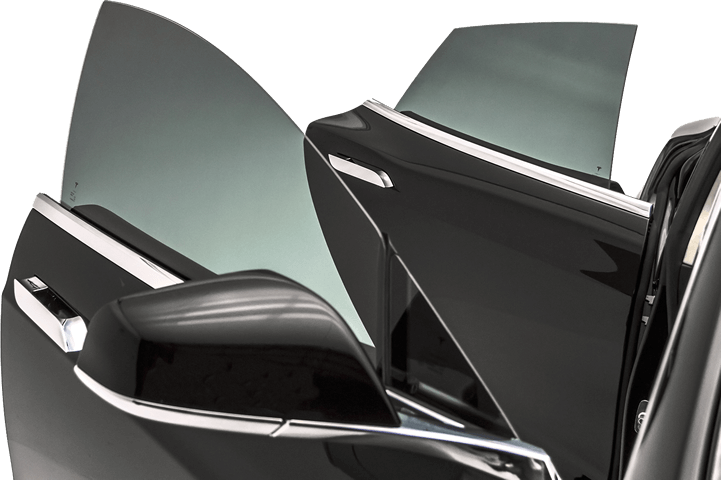Legal Issues
Cars. Homes. Offices. Since 1998
What does VLT Mean?
The law in QLD permits the application of the darkest legal film to be installed to every window of the vehicle except the front windscreen. Any film that can be detected as being darker will be deemed illegal, and you may face fines and be ordered to have the product removed. Effectively your car will be considered to be defective. The darkest legal film is referred to as being 35% on the drivers and passengers front windows as long as there is rear vision mirrors fitted to both sides of the vehicle & 20% from the B Pillars Back.
Any illegal product or modification made to a vehicle may also invalidate the vehicles insurance. If you choose a darker than legal product Class One advises that you consult your insurer. It is not illegal for an installer to install darker than legal films but it is illegal for the owner of a registered vehicle to drive with a non-complying vehicle. The onus and responsibility ultimately lies with the vehicles owner.
You are allowed to have a strip/band installed to the top of your windscreen and this application isn’t restricted by darkness of product, although there are guidelines for the depth that the film may come down from the top of the screen. Most new model cars have these pre-tinted from the factory or will have an Australian Standard marking on the screen identifying the allowable depth.
In recent times a lot of new vehicles are being imported into the country with a factory privacy tint being smoked into the glass during the manufacturing process. This darkened glass when tested by a light meter will be significantly darker than the darkest legal film that you can legally have installed. It will actually show a rating of 8% -28% and will be present on all the windows except the front two door glasses and the front windscreen. Legally the manufacturers are allowed to import the vehicles into the country in this form and the vehicles will be deemed legal and will pass any safety inspection by either the transport department or policing authorities. As you can see this creates a grey area for enforcing the 35%/20% only application law.
The introduction of privacy film also creates another issue in relation to film matching. Legally you must apply 35% to the front door glasses leaving the back looking a lot darker and the appearance of this will be highlighted. Some clients elect to apply a darker than legal film to the front door glasses in a bid to keep the vehicles looks uniform. Apart from the legality issue, there aren’t any films that will match exactly the same from both inside and from the outside the vehicle. You will get a close match up from the outside in but not the inside out. Regardless if you choose to stick with darkest legal or opt to apply a darker film the look will ultimately be a compromise to a completely uniform look.
Below is an extract from the governing body outlining vehicle modifications in particular referencing the laws for the installation of window films to your vehicle:


How dark can the window tint on my car be?
Tint applied to any side or rear window behind the driver’s seating position of a light passenger vehicle (vehicle with a gross vehicle mass not more than 4,500kg) must not have a light transmittance of less than 20% (T20) behind the driver’s seating position, provided there is a rear view mirror fitted to both sides of the vehicle. Tint applied to the windows in front of, or level to the driver’s seating position must not have a light transmittance of less than 35% (T35). This includes the combination of any applied tint and factory tinted glass.
A goods vehicle is allowed to have window tinting with 0% light transmittance, provided there is a rear view mirror fitted to both sides of the vehicle.
However, please be aware that the Australian Design Rules now allow privacy glass to be fitted rearwards of the driver’s vision. Privacy glass has no minimum light transmittance and is often darker than T35 tint.
Privacy glass incorporates tinted film within the glazing and does not involve an applied tint. All applied tint must meet the above requirements (for example, must not be darker than T20) and not the requirements set out for privacy glass in the Australian Design Rules.
Please note: Tinting may be fitted to the upper portion of a windscreen of a motor vehicle. The tinting must not extend lower than a horizontal line connecting the uppermost points of the arcs swept by the vehicle manufacturer’s original wiper blades or upper 10% of the windscreen, whichever is the lesser. The tinting may be of any shade but must not have a reflectance of more than 10%.
For further information about window tinting please refer to the Keeping it Legal (PDF, 1.2MB) and the LZ section (PDF, 413 KB) of the National Code of Practice for Light Vehicle Construction and Modification.
For the tinting requirements that apply to heavy vehicles (vehicles with a gross vehicle mass of more than 4,500kg), please contact the National Heavy Vehicle Regulator.
Happy Class One Customers
Thank you so much for the awesome job you did on my car i absolutely love the look and the driving comfort the tint has added. Friendly and professional service at a great price.”
Dave Carmichael
Maree Burrows
Class One Window Tinting
Satisfaction Guaranteed
Call us today
or
We Now Accept Payment Via




